Equipment
Don’t do this to your clubs at home! (Part 2)

At GolfWRX it has always been our goal to help inform, educate, and empower golfers to learn more about their equipment, and in many cases, help them take ownership of the process to work on their own clubs. With just a few basic tools, it’s quite easy to do things like regrip, re-epoxy, or change paintfill, but there are still a lot of jobs that should be left to professionals with the proper tools—for both safety and for the sake of your gear.
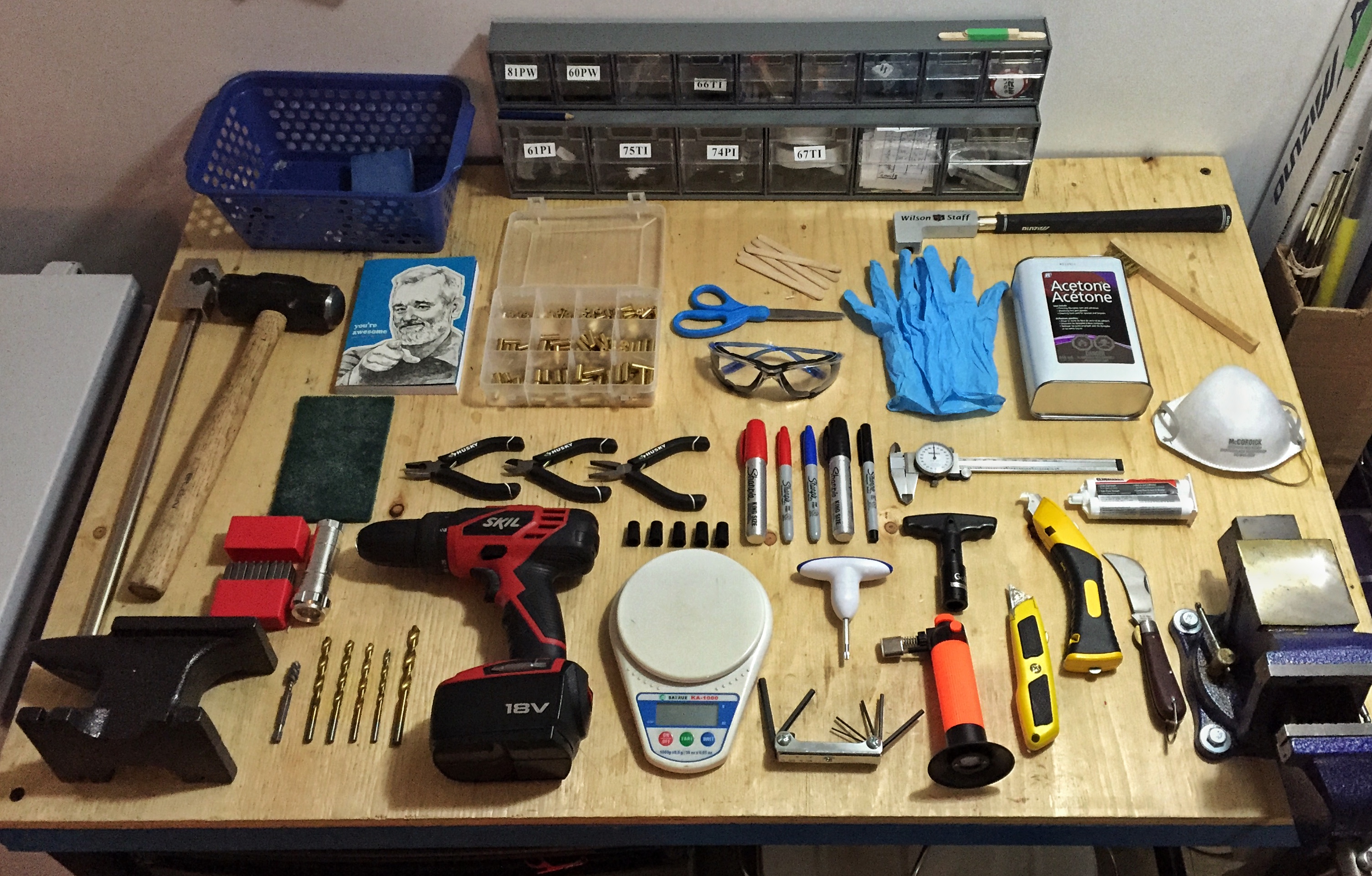
As we covered in part one of this series, there are some ways to customize the finish of your clubs at home, but you should leave stripping chrome up to the professionals. I know it may seem obvious, but based on the number of questions I get on a weekly basis about how to potentially strip chrome plating, I believe it was a great introductory topic.
For part two, we’re going to get into something a little less complicated but still important.
Don’t pull a graphite shaft without the proper tools!
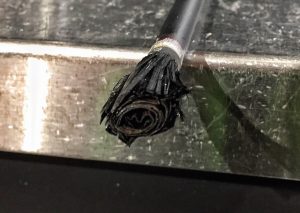
Graphite shaft technology has never been better, and that includes the materials and processes used to manufacture them. Although driver shafts can handle a lot of forces from the golf swing and the impact of the ball, the one thing they can’t handle is too much heat and twisting. Steel shafts, on the other hand, can take the heat and twisting, which is why they are the best place to start for beginner club builders, since all you need to pull a club head is a vice, rubber clamp, and torch.
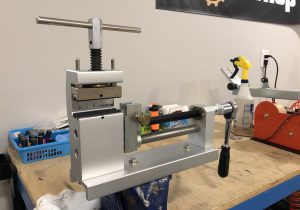
If you are going to work on graphite-shafted clubs, the most important tool that any hobbyist club builder should have or have access to is a high-quality shaft puller. It’s a necessary tool for anyone who wants to do repairs and helps prevent damage to a shaft while pulling it.
Why a shaft puller is important
A shaft puller only applies linear pressure down the shaft towards the hosel of the club. The more linear pressure that can be applied to the clubhead, the less heat needs to be used to break down the epoxy. When done properly both the shaft and the head are reusable in the future.
And by the way, if you want to know how to pull a graphite shaft, check out my video below.
- LIKE108
- LEGIT13
- WOW0
- LOL4
- IDHT0
- FLOP2
- OB0
- SHANK11
Whats in the Bag
Matthieu Pavon WITB 2024 (May)
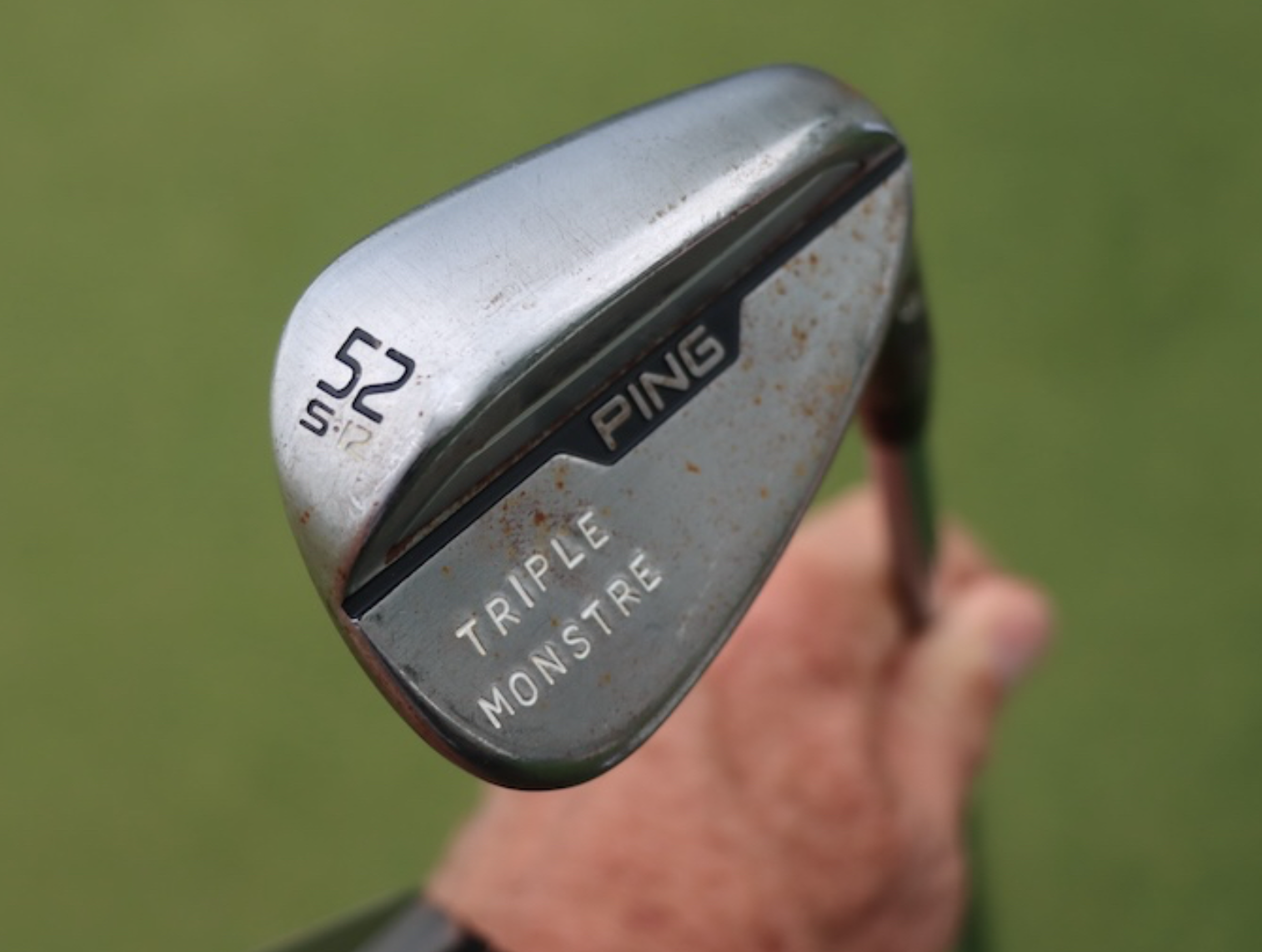
- Pavon’s WITB accurate as of the Wells Fargo Championship. More photos from the event here.
Driver: Ping G430 Max (9 degrees)
Shaft: Fujikura Ventus TR Black 6 X
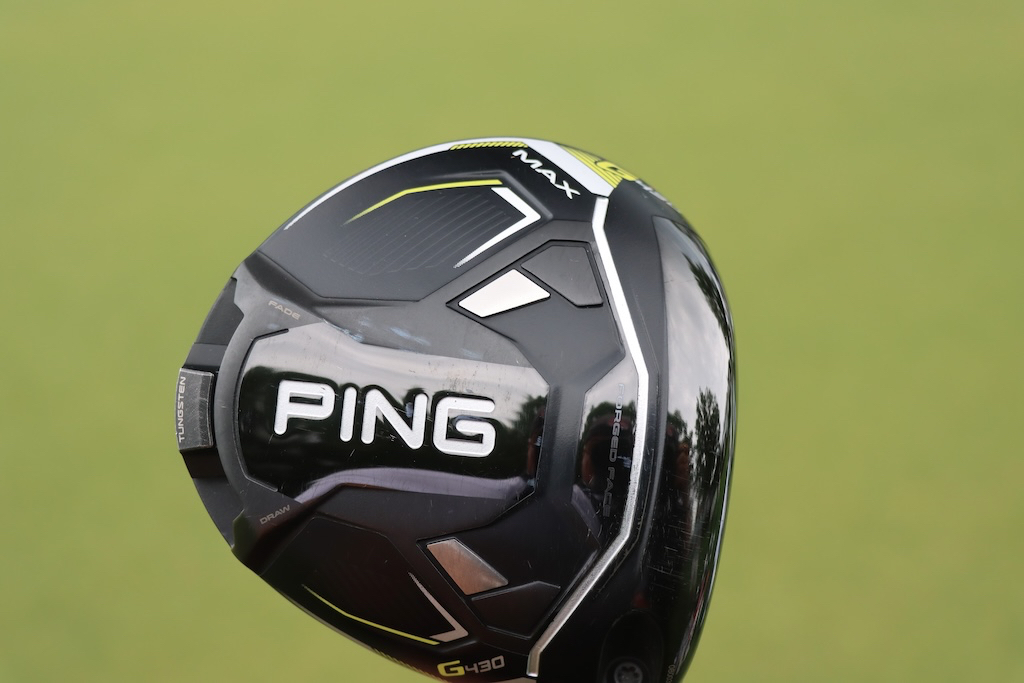
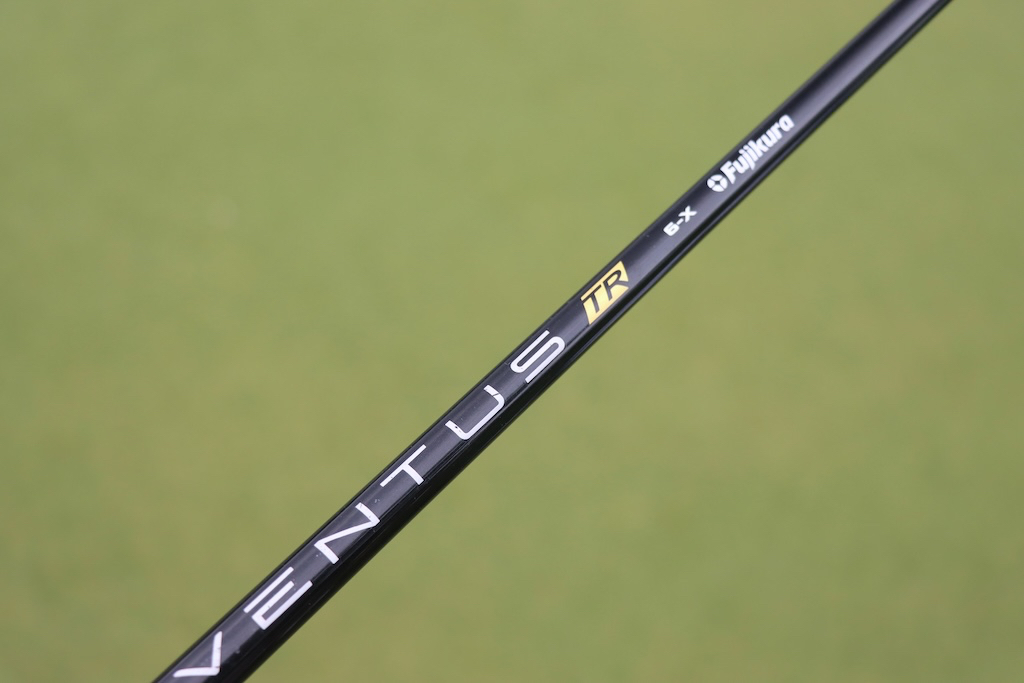
3-wood: Ping G430 LST (15 degrees)
Shaft: Fujikura Ventus TR Black 7 X
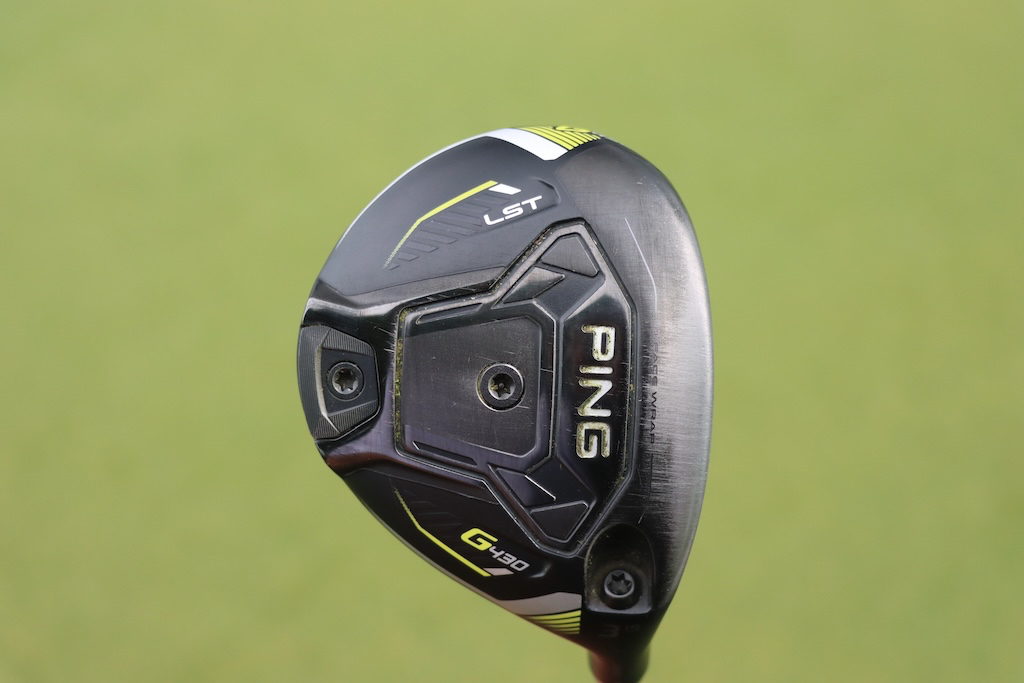
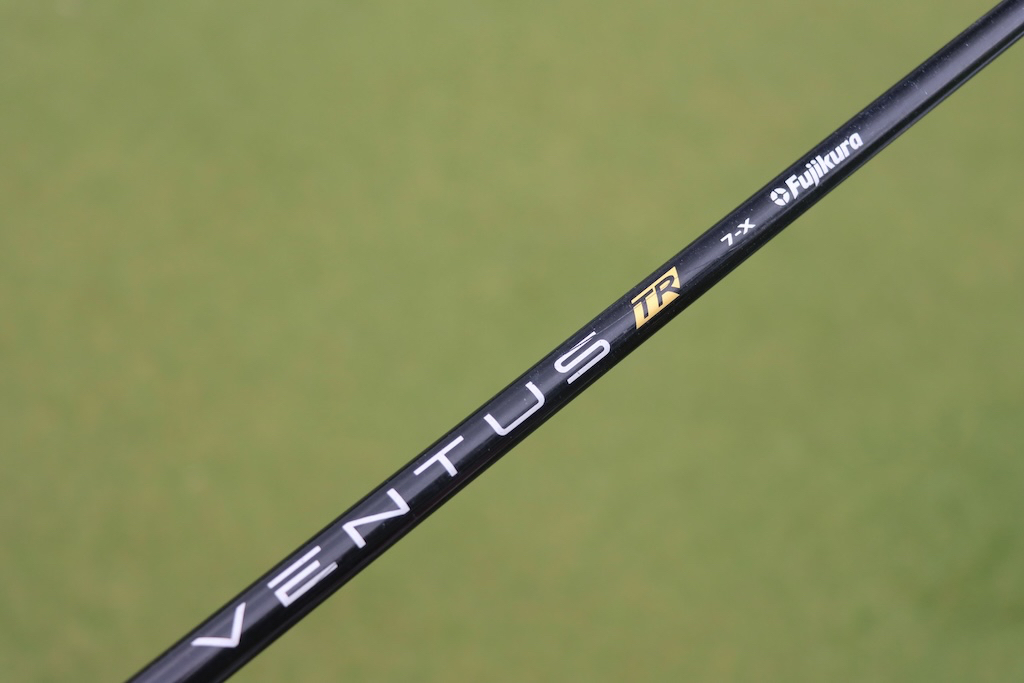
Hybrid: Ping G430 (19 degrees)
Shaft: Fujikura Ventus Black 10 X
Irons: Ping i230 (3-PW)
Shafts: Nippon Modus3 Tour 120 X
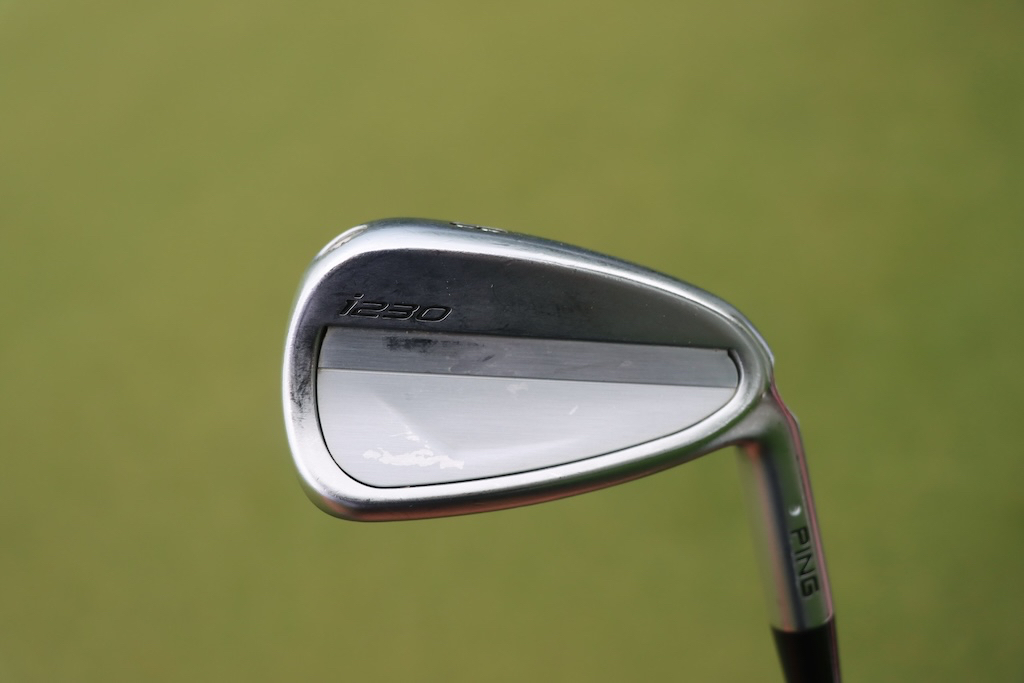
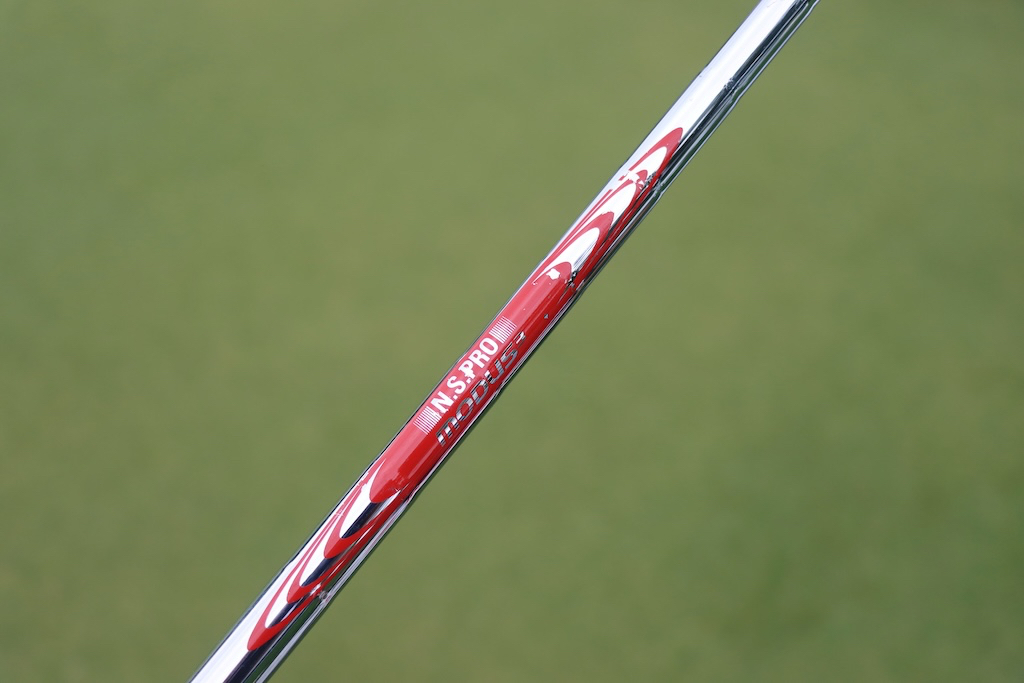
Wedges: Ping Si59 (52-12S, 58-8B)
Shafts: Nippon Modus3 Tour 120 X

Putter: Ping Cadence TR Tomcat C
Grip: SuperStroke Claw 1.0P
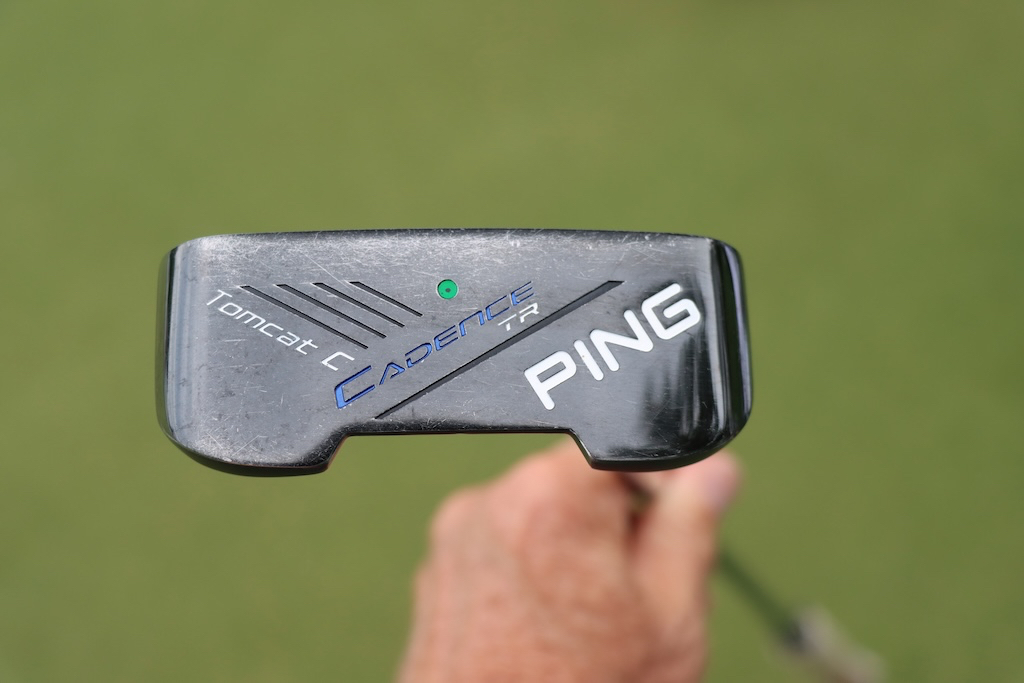
Grips: Golf Pride MCC Align
Ball: Titleist Pro V1
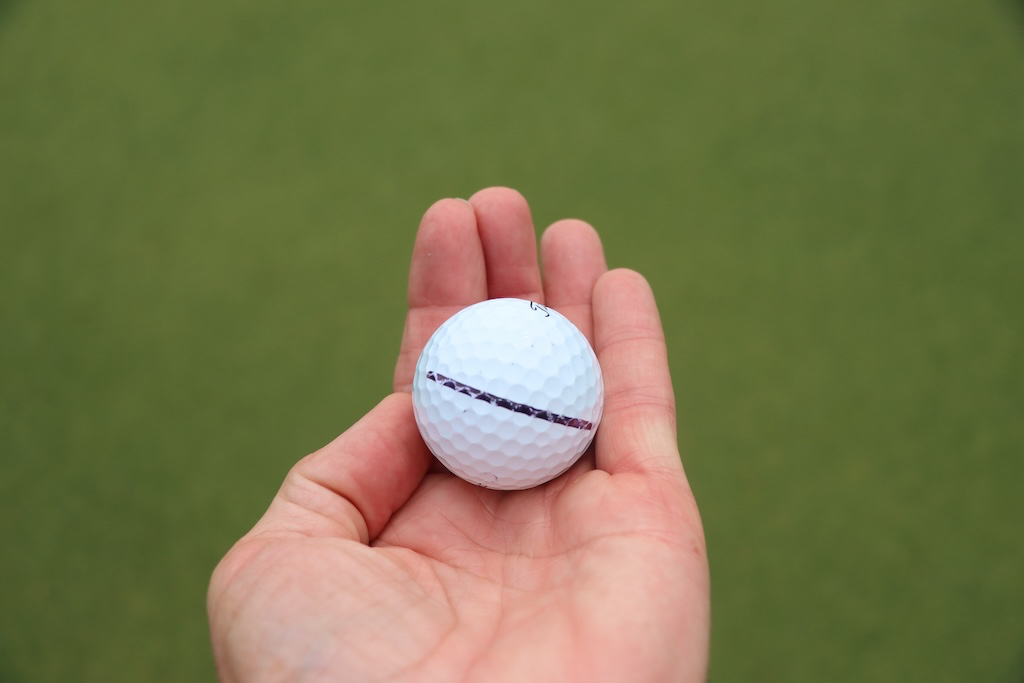
Check out more in-hand photos of Pavon’s gear here.
- LIKE1
- LEGIT1
- WOW0
- LOL0
- IDHT0
- FLOP0
- OB0
- SHANK0
Equipment
Spotted: Tommy Fleetwood’s TaylorMade Spider Tour X Prototype putter
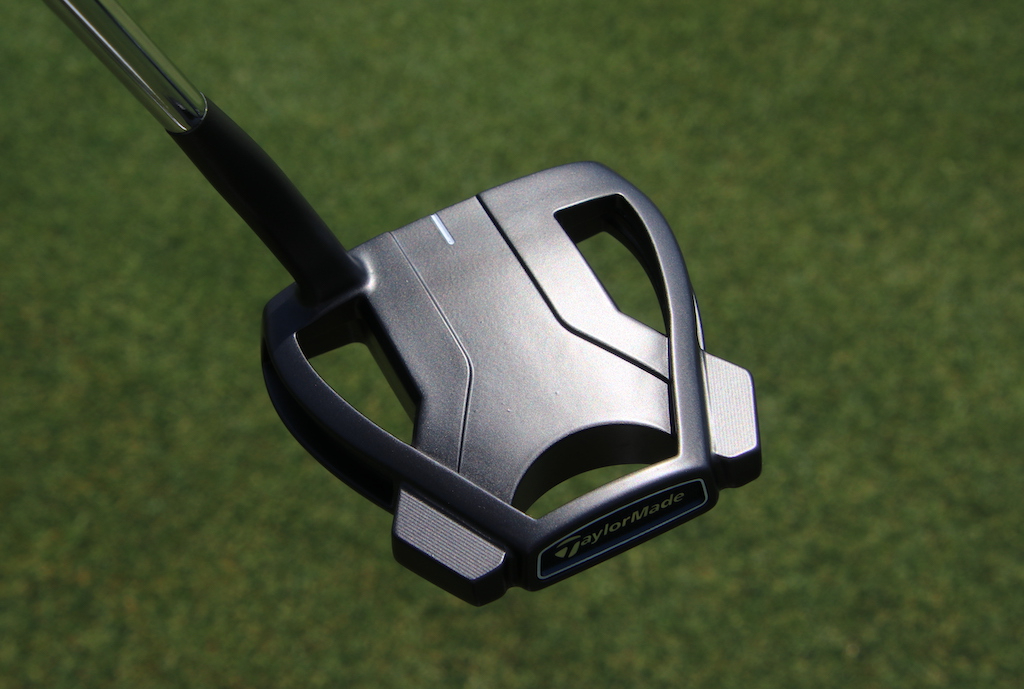
Tommy Fleetwood has been attached to his Odyssey White Hot Pro #3 putter for years now. However, this week at the Wells Fargo Championship, we did spot him testing a new putter that is very different, yet somewhat similar, to his current gamer.
This new putter is a TaylorMade Spider Tour X head but with a brand new neck we haven’t seen on a Spider before. A flow neck is attached to the Spider head and gives the putter about a 1/2 shaft offset. This style neck will usually increase the toe hang of the putter and we can guess it gets the putter close to his White Hot Pro #3.
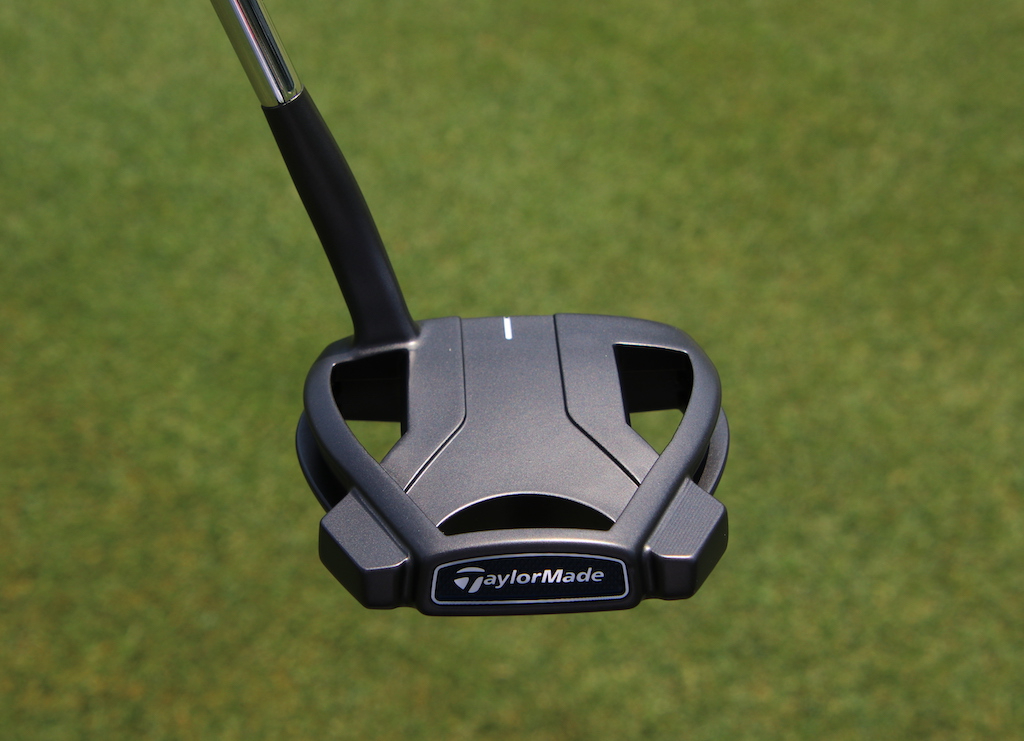
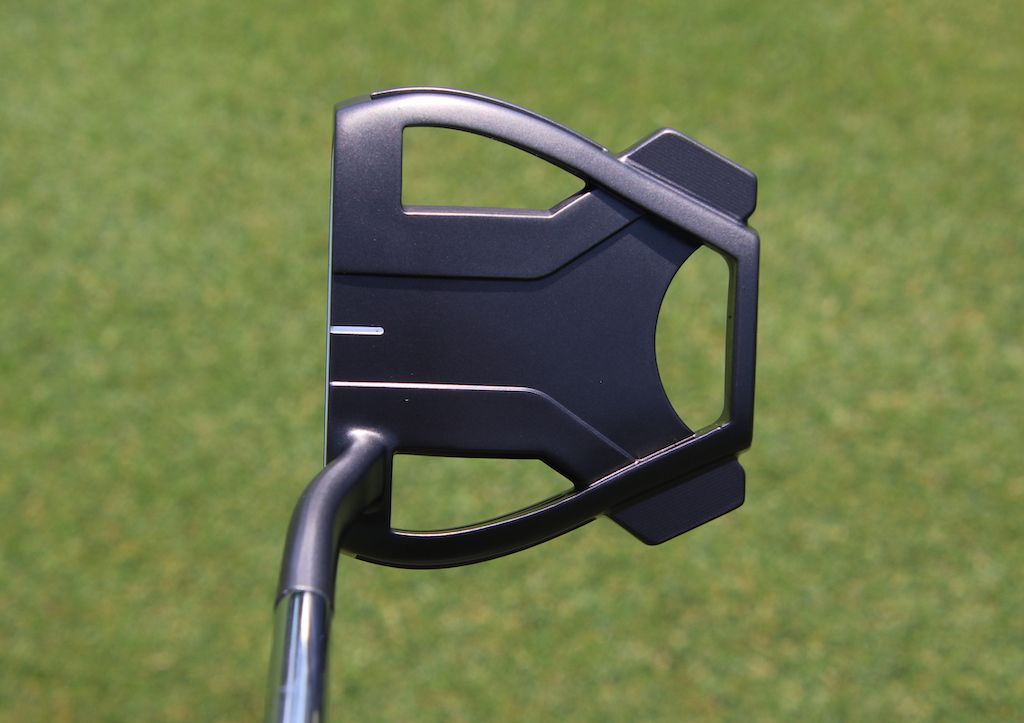
Another interesting design is that lack of TaylorMade’s True Path alignment on the top of the putter. Instead of the large white center stripe, Tommy’s Spider just has a very short white site line milled into it. As with his Odyssey, Tommy seems to be a fan of soft inserts and this Spider prototype looks to have the TPU Pure Roll insert with 45° grooves for immediate topspin and less hopping and skidding.
The sole is interesting as well in that the rear weights don’t look to be interchangeable and are recessed deep into the ports. This setup could be used to push the CG forward in the putter for a more blade-like feel during the stroke, like TaylorMade did with the Spider X Proto Scottie Scheffler tested out.
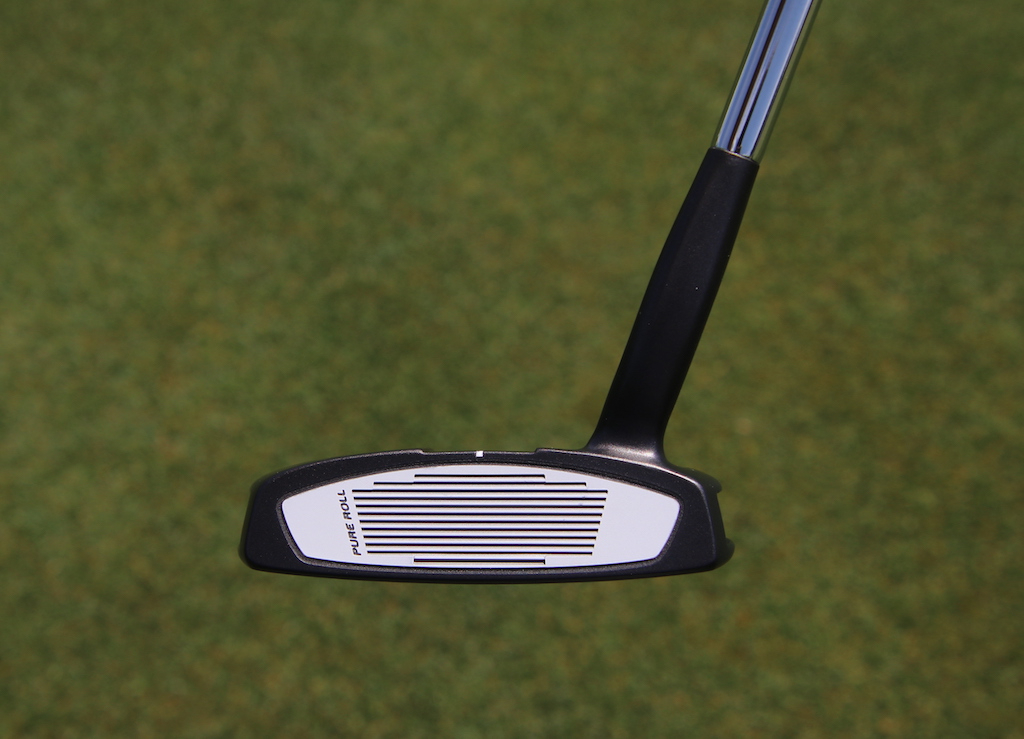
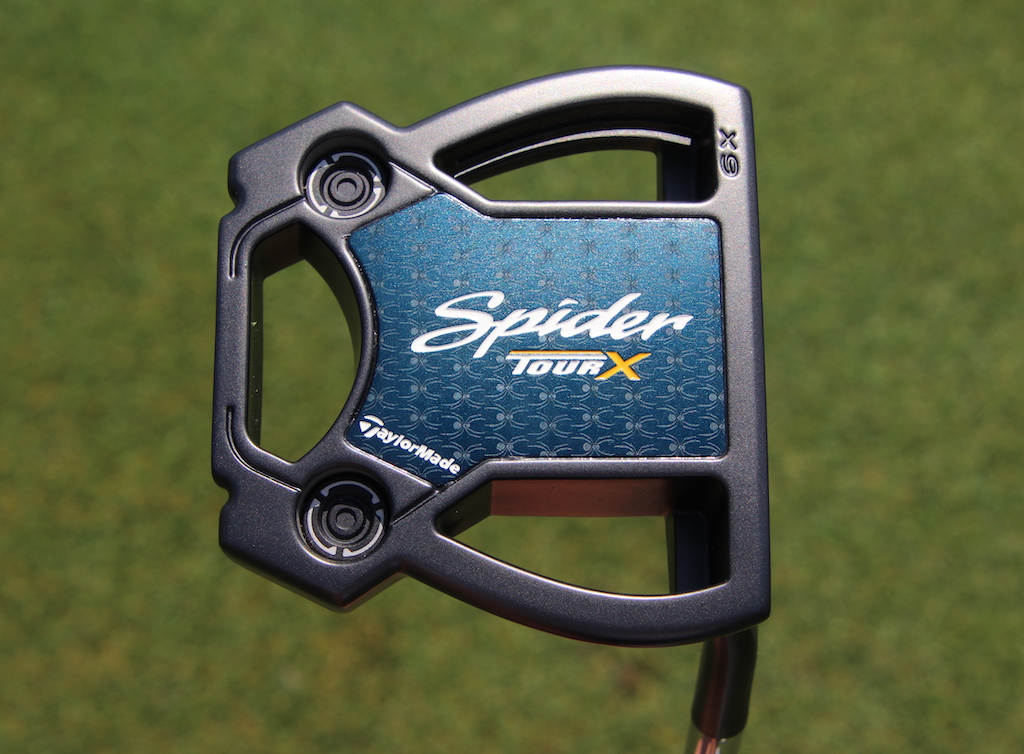
Tommy’s putter is finished off with an older Super Stroke Mid Slim 2.0 grip in blue and white. The Mid Slim was designed to fit in between the Ultra Slim 1.0 and the Slim 3.0 that was a popular grip on tour.
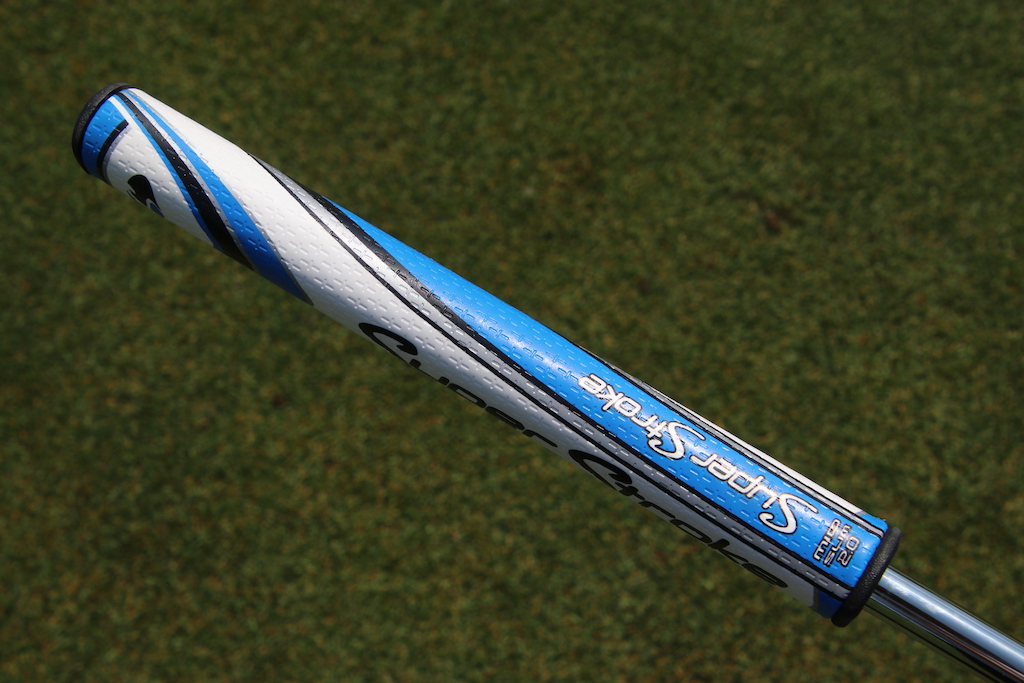
- Check out the rest of our photos from the 2024 Wells Fargo Championship
- LIKE13
- LEGIT2
- WOW2
- LOL1
- IDHT0
- FLOP0
- OB0
- SHANK0
Equipment
Club Junkie WITB, league night week 4: Some old, some new
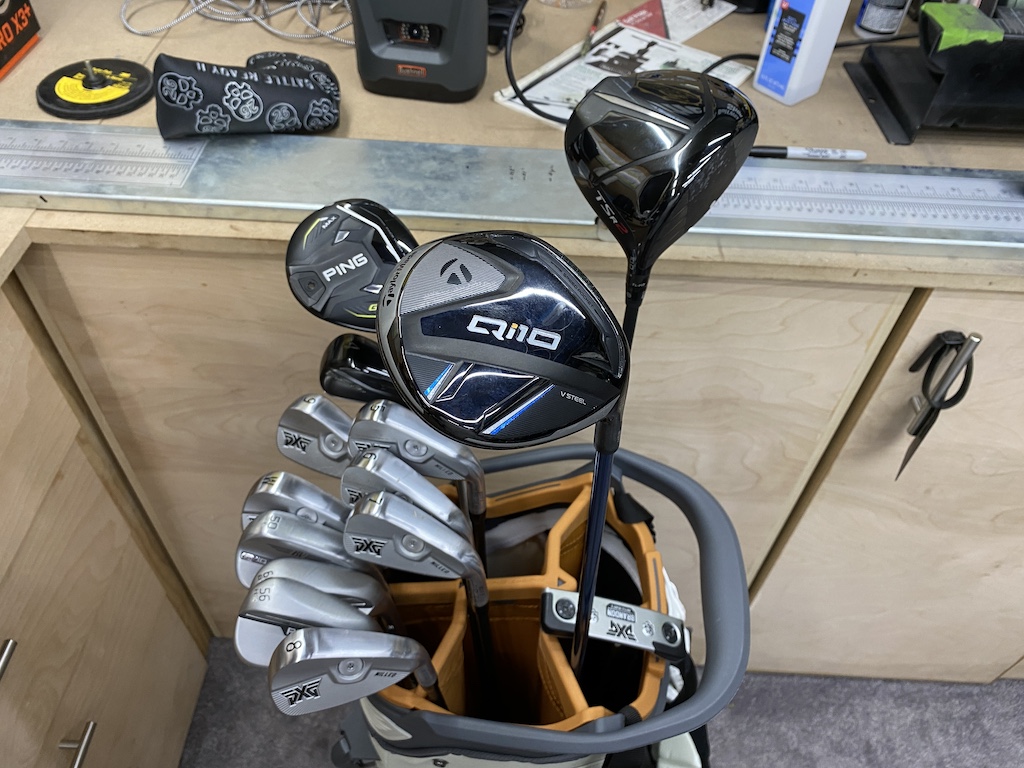
We enter week 4 of Thursday night men’s league feeling a little more confident in the game. BK is hoping to go a little lower and reduce the mistakes out there with these clubs in the bag. Watch the video for the full breakdown of why these clubs are getting the starting nod this week!
Driver: Titleist TSR2 (10 degrees, neutral setting)
Shaft: Mitsubishi Diamana WB 63 X
3-wood: TaylorMade Qi10 (15 degrees)
Shaft: UST Mamiya Lin-Q M40X TSPX Blue 7F5
7-wood: Ping G430 Max (-1 degree, flat Ssetting)
Shaft: Fujikura Ventus TR Blue 8 S
Iron: Mizuno Pro Fli-Hi 4
Shaft: Aerotech Steelfiber hls880 S
Irons: PXG 0317 Tour (5-PW)
Shaft: LA Golf A-Series 105 Low (4)
Wedge: Titleist Vokey SM10 (50-08F)
Shaft: UST Mamiya Dart V 105 F4 Wedge
Wedge: Ping S159 (56-10H)
Shaft: Ping Z-Z115
Wedge: Ping S159 (60-08B)
Shaft: Ping Z-Z115
Putter: PXG Battle Ready II Brandon
Shaft: BGT Stability Tour Spec One
Ball: Callaway Chrome Tour X
- LIKE2
- LEGIT2
- WOW2
- LOL0
- IDHT0
- FLOP0
- OB0
- SHANK2
-

 19th Hole3 weeks ago
19th Hole3 weeks agoJustin Thomas on the equipment choice of Scottie Scheffler that he thinks is ‘weird’
-

 19th Hole3 weeks ago
19th Hole3 weeks ago‘Absolutely crazy’ – Major champ lays into Patrick Cantlay over his decision on final hole of RBC Heritage
-

 19th Hole2 weeks ago
19th Hole2 weeks agoLET pro gives detailed financial breakdown of first week on tour…and the net result may shock you
-

 19th Hole2 days ago
19th Hole2 days agoReport: LIV star turns down PGA Championship invite due to ‘personal commitments’
-

 19th Hole1 week ago
19th Hole1 week agoGary Player claims this is what ‘completely ruined’ Tiger Woods’ career
-

 19th Hole3 weeks ago
19th Hole3 weeks agoTaylorMade signs 15-year-old AJGA Rolex Junior Player of the Year to an NIL contract
-

 Whats in the Bag2 weeks ago
Whats in the Bag2 weeks agoTeam McIlowry (Rory McIlroy, Shane Lowry) winning WITBs: 2024 Zurich Classic
-

 Equipment1 week ago
Equipment1 week agoGolf fans left surprised by LIV’s choice of course for its 2024 individual championship event

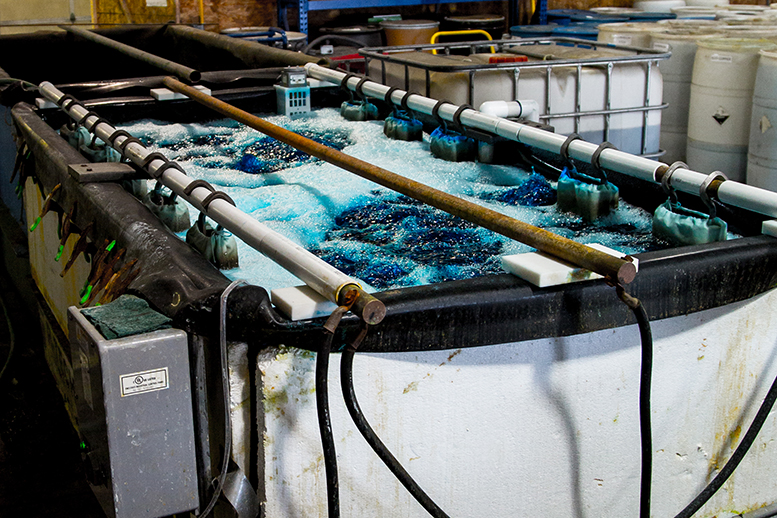




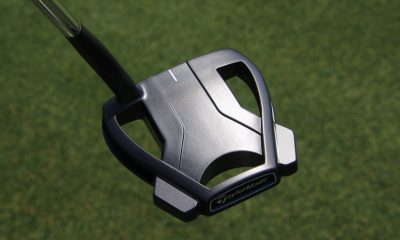

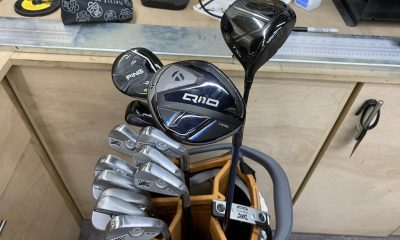





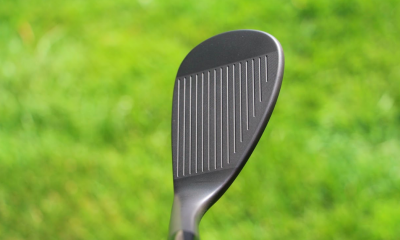













joro
May 22, 2020 at 7:23 pm
I can’t tell you how many came in my shop with the tip like this from trying to take a Graphite shaft out with a torch and twisting it till they ruin it. Most of them do not want to pay the price for a new one so my correction would be to cut off the ruined part, reset it and put a Graphite extender in. Of course that affects the flex a bit, but not that much and of course I would explain it all before doing it. In a Wedge though I don’t think it is that bad because wedges are stiff anyway. If they do want a new one you can save the old and use it for another ruined club. The longer the better. I know some will criticize me but I worked with Several Graphite Companies and club companies and they say most of the shafts are not the same anyway. Callaway once told me all the shafts were basically stiff no mater what the label said. It is not that precise.
Benny
May 21, 2020 at 1:21 pm
Well said and agree. I just about ruined a set of Steelfiber Player Spec shafts. Super rare and expensive.
Completely ruined Recoil wedge shafts.
stanley
May 21, 2020 at 10:35 am
love these series. I am trying to get into a little bit of club builing. thanks for the info.